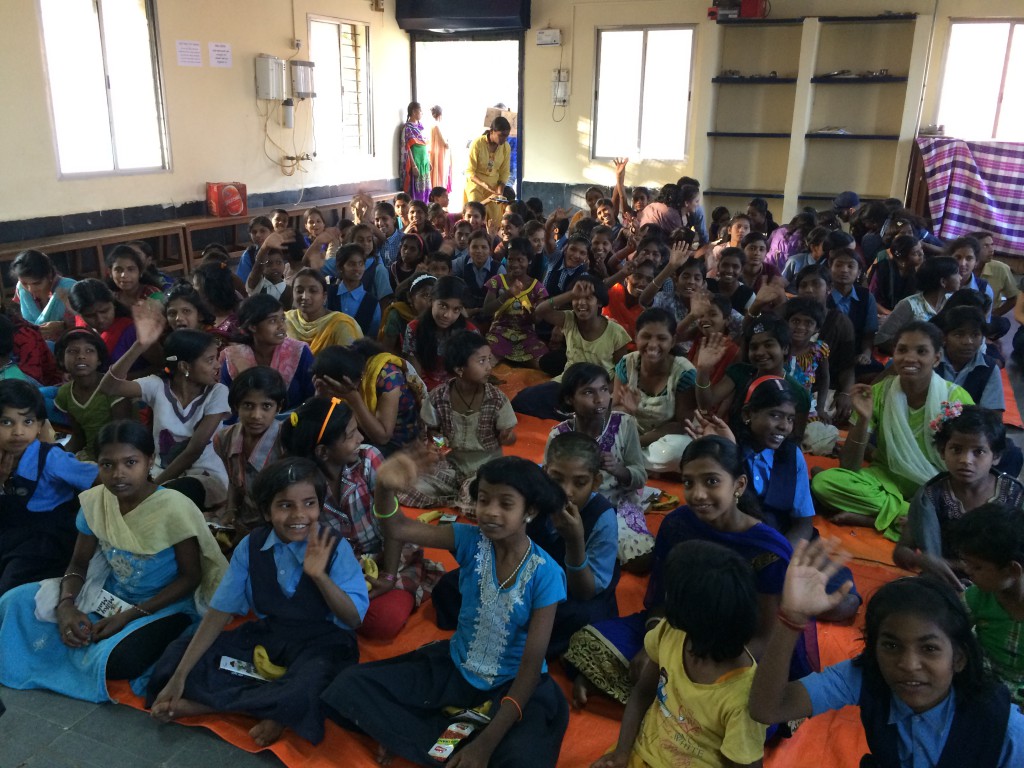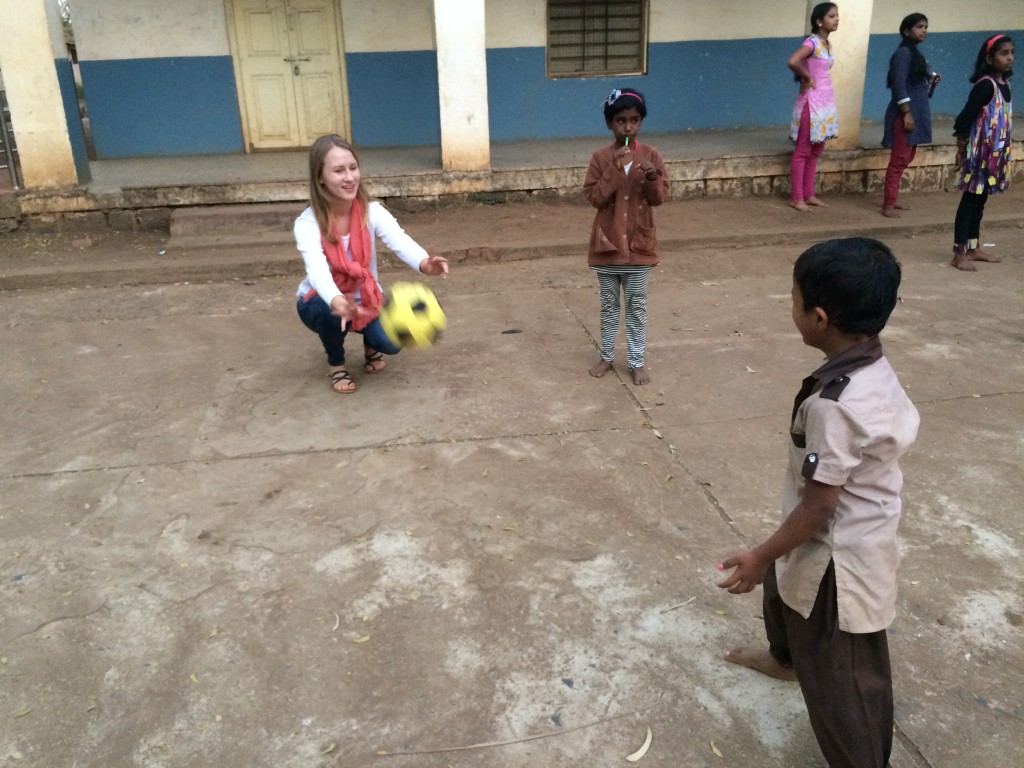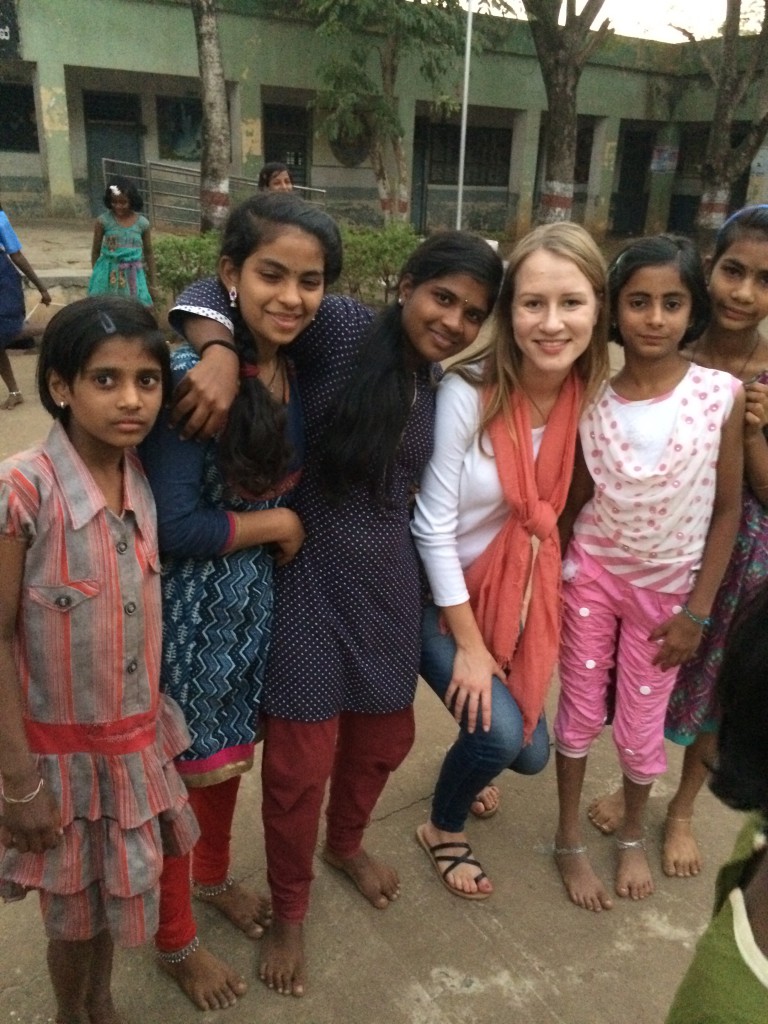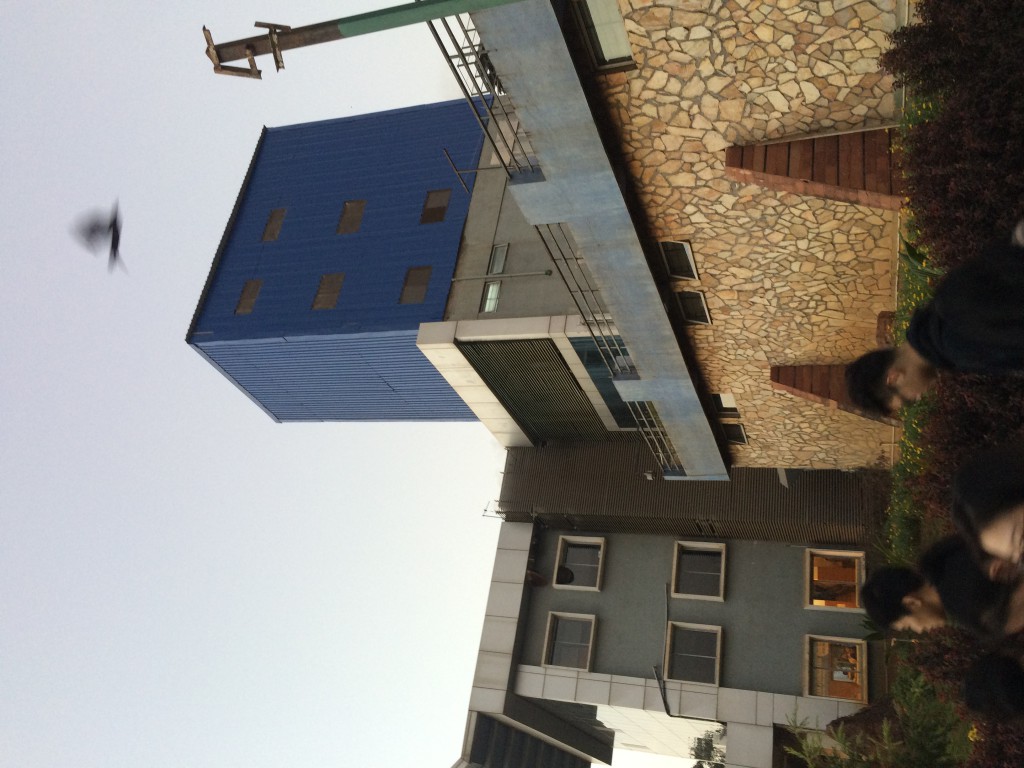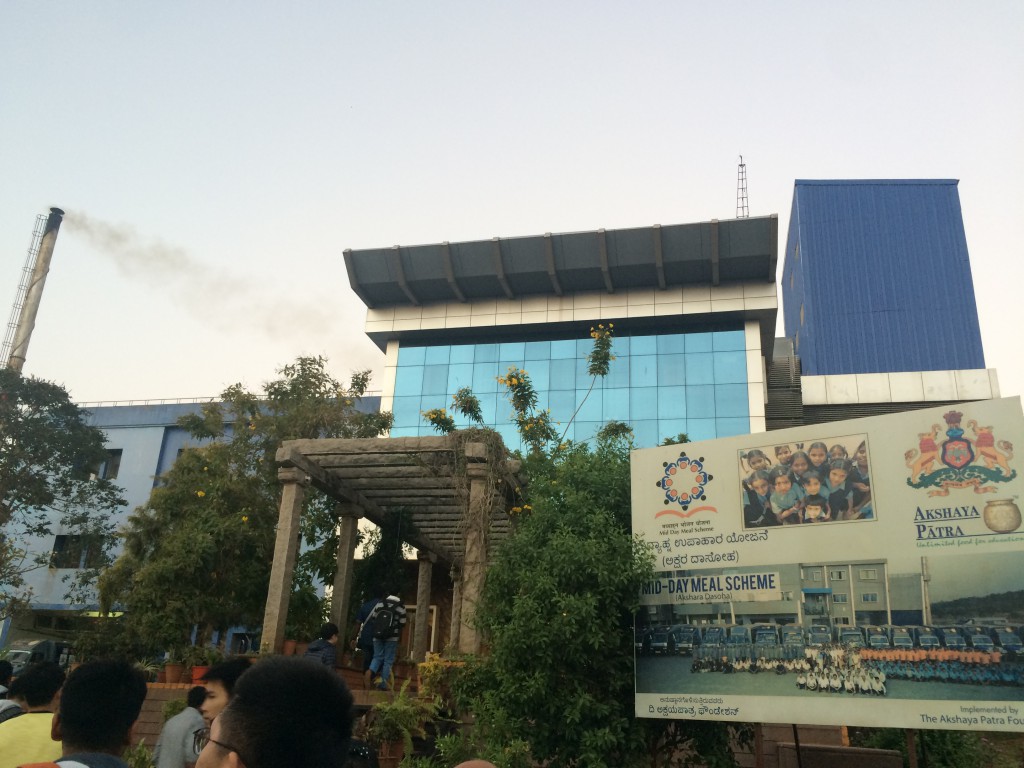The only way to summarize this post is to say thank you. Thank you to all of the amazing friends that I made in Hubli and on this trip. You truly made this the trip of a lifetime, and you helped me to grow personally. And of course, the fun never stopped! Every moment was made better by the students in Hubli.
One thing that I will never forget was how welcoming everyone was. I remember being exhausted after the long flight from Boston and the seemingly never ending bus ride from Bangalore to Hubli. However, when I stepped off the bus, a necklace was put over my head and a traditional bindi was put on my forehead. This warm act meant so much and really made me feel at home.
During the two weeks we were in Hubli, we made so many memories. The constant dancing, selfies, and singing “Cheap Thrills” are things that I will miss so much! Shopping and trips to the market began on the second night that we were in Hubli, and needless to say, we all loved traditional Indian clothing! Traditional Day was a highlight of our stay, as we were able to fully partake in Indian culture.

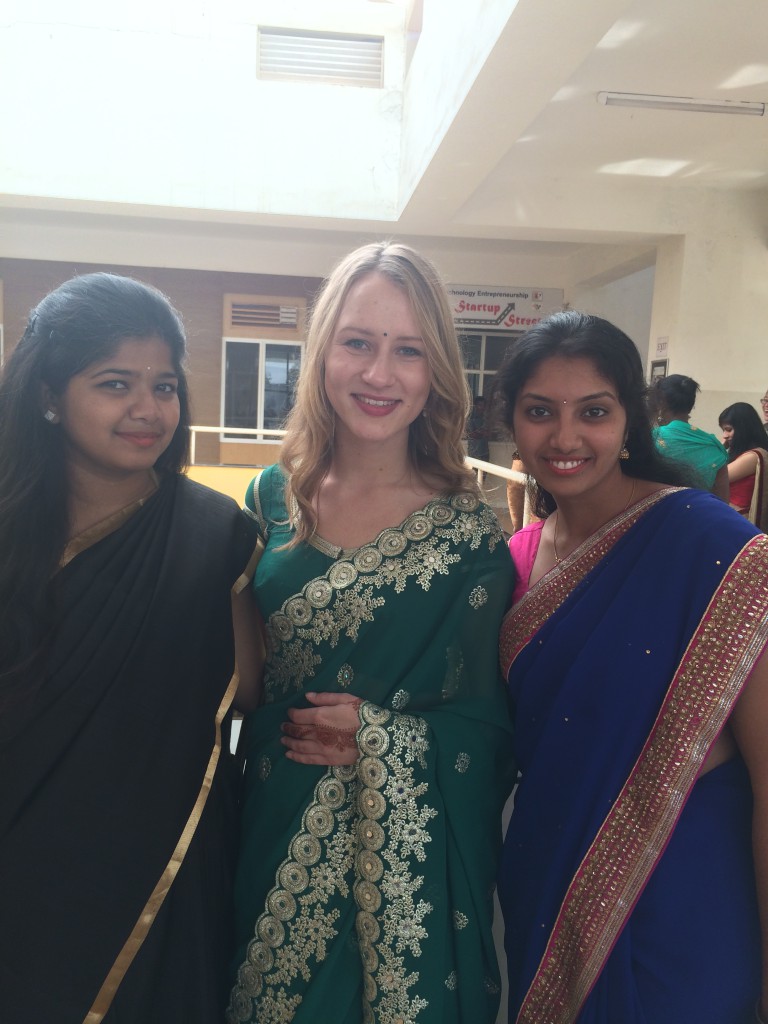
Each day became more than just an agenda of things to do. We truly enjoyed and made the most of every minute that we were in Hubli.
Below, modeling the hair nets at Akshay Patra, the largest kitchen in all of Karnataka and making new friends at the market.
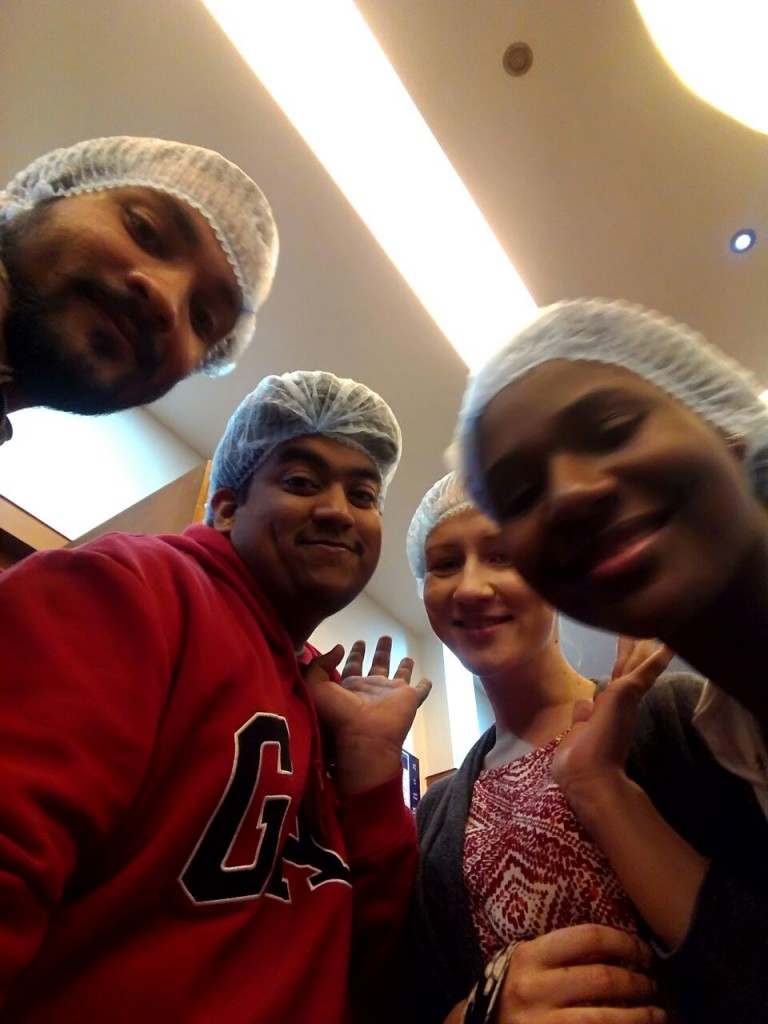
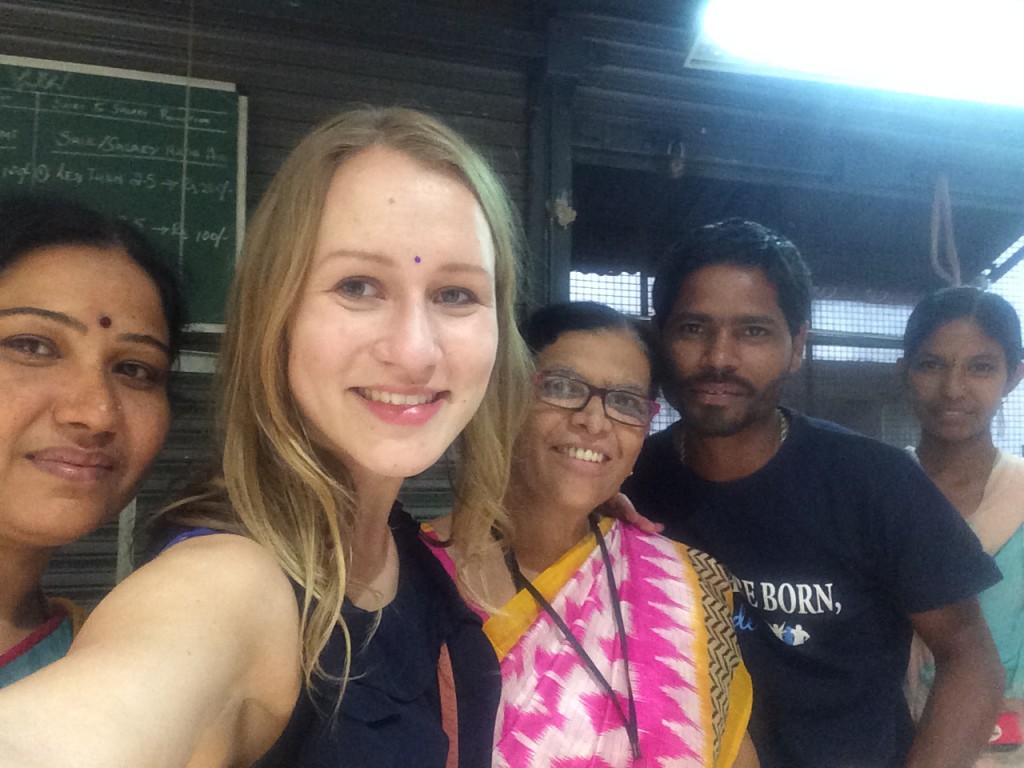
On New Year’s Eve we celebrated by lighting (trying to light) lanterns. We were able to be a part of many festivals and parades.
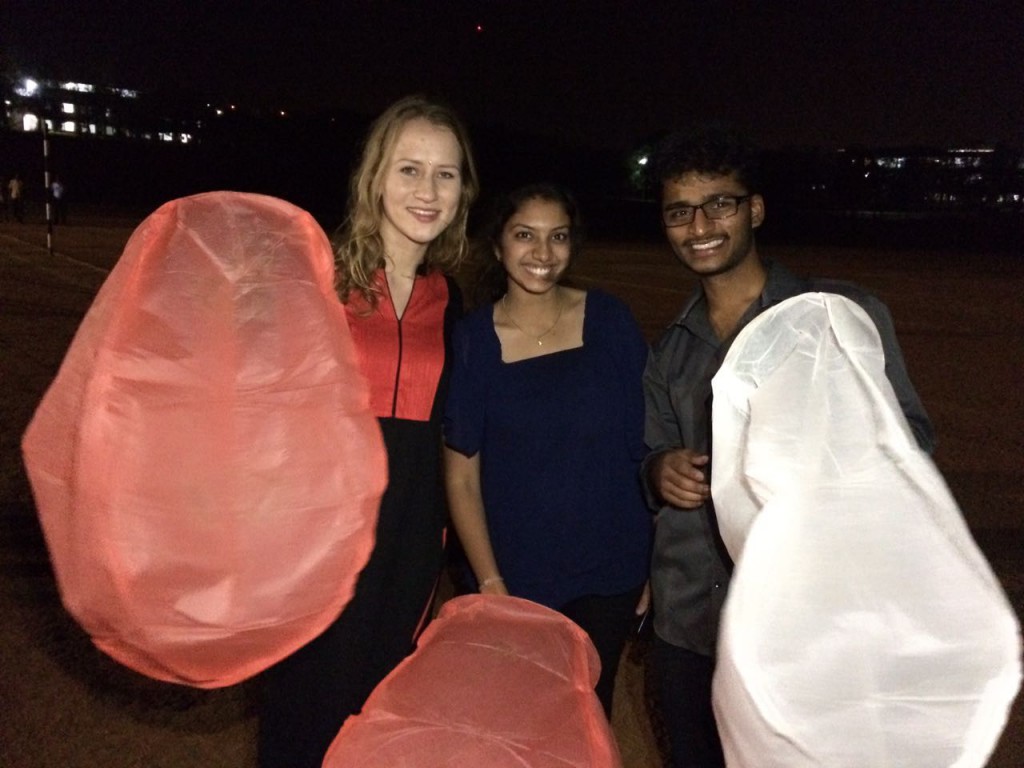

Working on projects proved to be the greatest challenge and greatest bonding experience. From collaboratively strategizing on our business plan and practicing presentations, to going out in the community and getting primary data, all of it was very valuable entrepreneurial experience. For our market research, our group split up and went around to area schools to survey principals, science teachers, and students. I believe that I learned the most from working with my project group.
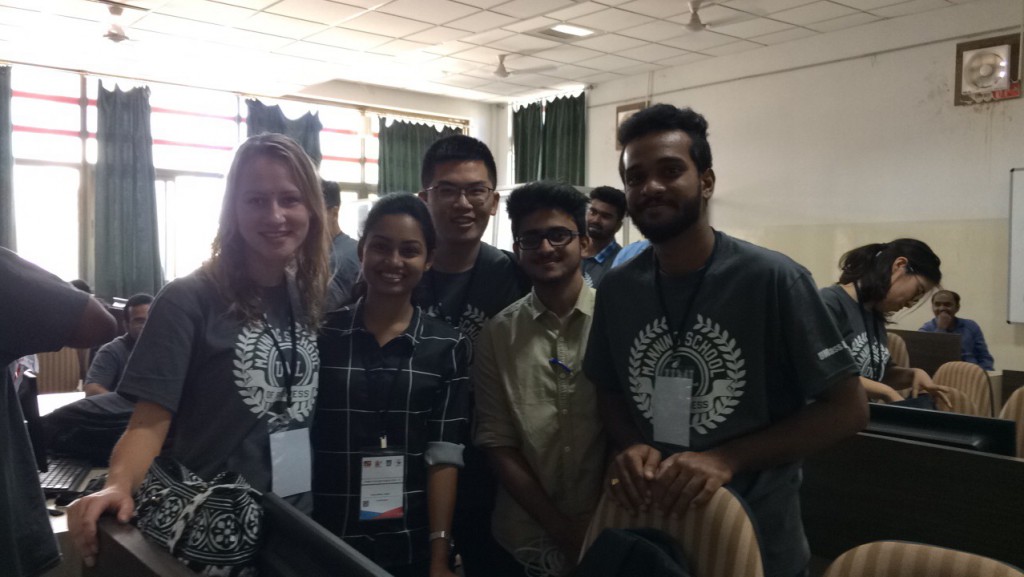
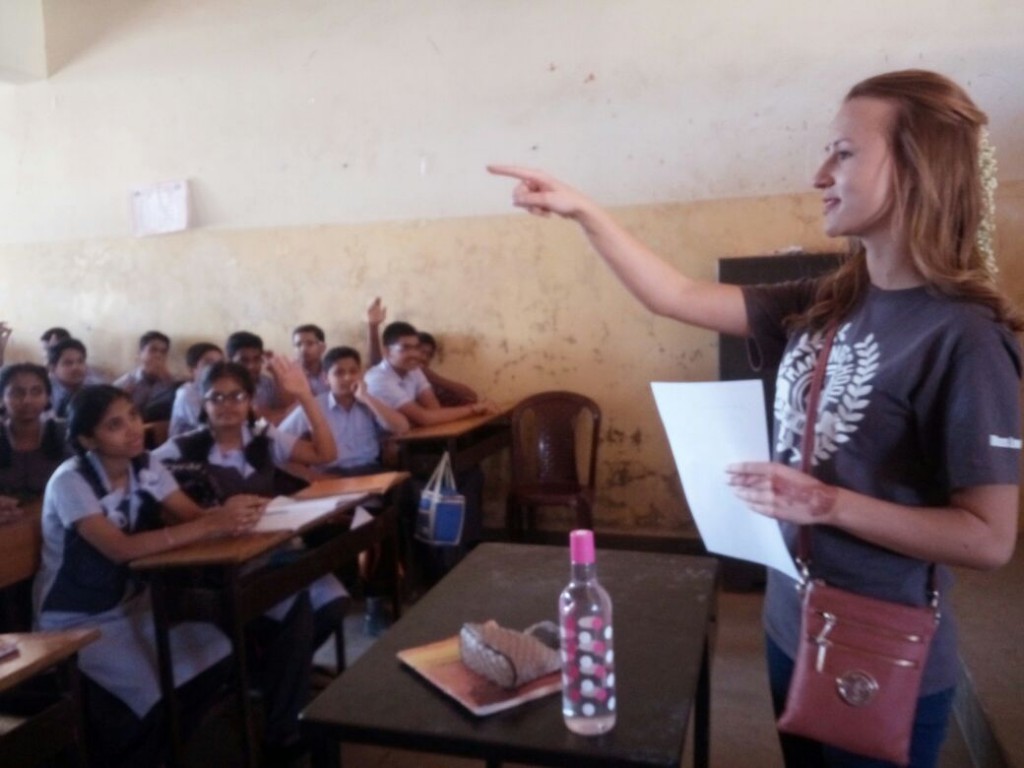
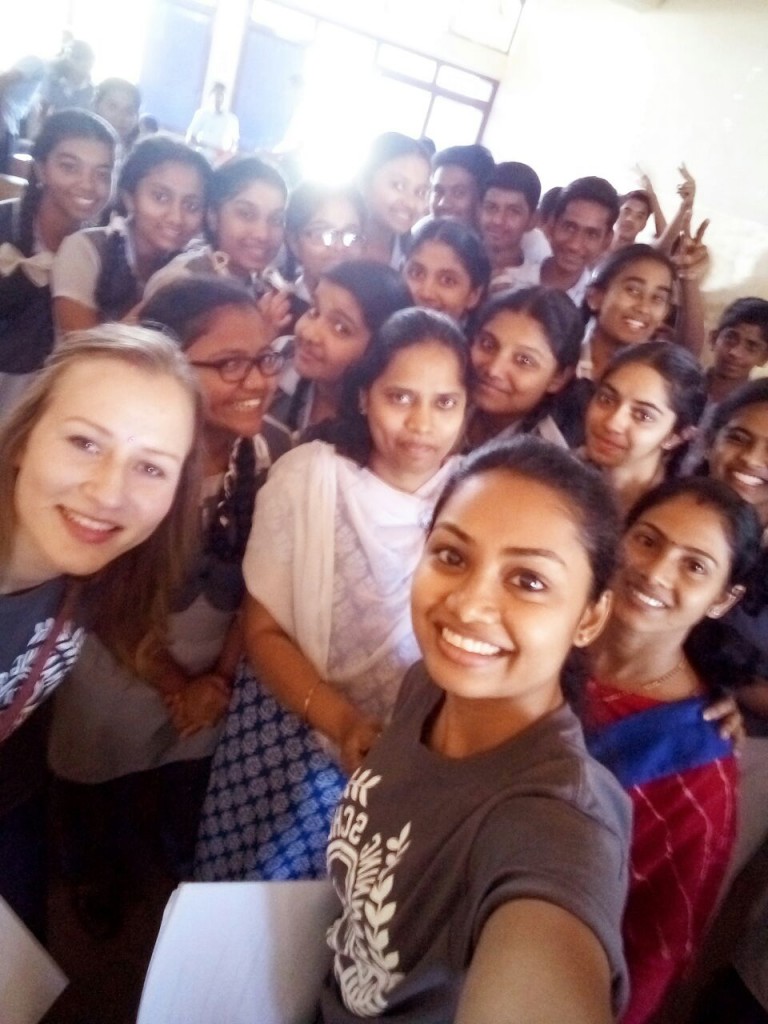
There are countless memories like visiting temples, getting mehndi, trying new foods, and the last night in Hubli that we spent dancing outside. This was all thanks to the amazing people of Hubli. There are no words that can convey the amount of love and gratitude I have for my new friends.
“Danyavad” and “Mate seguna” – thank you and I will meet you again.

